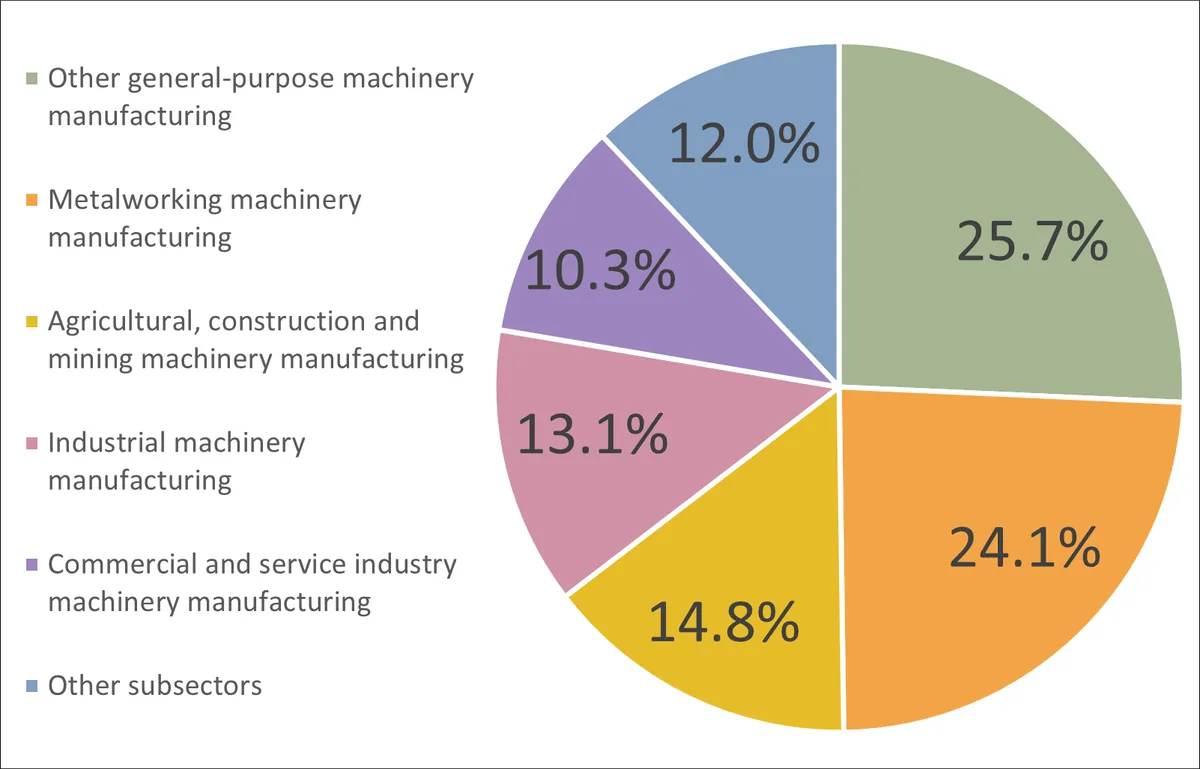Canada Scales Back Temporary Foreign Worker Program Amid Criticism
Canada announces significant reductions to its temporary foreign worker program, aiming to address labor market concerns and worker vulnerabilities. The move comes as Prime Minister Trudeau faces political pressure over immigration policies.

Canada has announced substantial changes to its temporary foreign worker program, aiming to reduce the number of non-permanent residents in the country. This decision comes as Prime Minister Justin Trudeau's government faces increasing scrutiny over its immigration policies, with polls indicating a decline in support ahead of the anticipated 2025 election.
The temporary foreign worker program, established in 1973, has been a cornerstone of Canada's labor market strategy for decades. However, it has faced criticism for potentially suppressing wages and exposing workers to exploitation. A UN special rapporteur went as far as describing it as "a breeding ground for contemporary forms of slavery."
In response to these concerns, the Canadian government has implemented several measures:
- Ending low-wage temporary foreign workers in areas with 6% or higher unemployment
- Reducing the proportion of low-wage temporary foreign workers in employers' workforces to 10%
- Shortening low-wage temporary foreign worker permits from two years to one year
These changes are expected to decrease the number of temporary foreign workers by approximately 65,000. However, certain sectors such as agriculture, food processing, construction, and healthcare will be exempt from these new regulations.
Employment Minister Randy Boissonnault stated that these measures, combined with earlier policy adjustments, will significantly impact the program's scope. The government aims to reduce the temporary resident population to 5% of Canada's total population by 2027, down from 6.8% in April 2024.

Canada's immigration system has undergone numerous changes since its inception. The points-based system, introduced in 1967, revolutionized the selection process for immigrants. More recently, the Express Entry system for skilled workers was implemented in 2015, further refining the immigration process.
"We're looking at the various streams to make sure that as we move forward, Canada remains a place that is positive in its support for immigration, but also responsible in the way we integrate and make sure there's pathways to success for everyone who comes to Canada."
Trudeau also mentioned that his cabinet is considering reductions to permanent resident streams, with a comprehensive plan on immigration levels to be presented in fall 2024. This comes as Canada's population reached 40 million in 2023, with immigration accounting for most of the growth.
While these changes mark a significant shift in policy, some experts believe more can be done. Economist and Smart Prosperity Institute senior director Mike Moffatt described the measures as "a great first step, but it's only a first step," advocating for the complete abolition of the low-wage stream.
As Canada navigates these complex immigration issues, it's worth noting that the country has a long history of welcoming newcomers. The Canadian Multiculturalism Act of 1988 made Canada the first country to pass a national multiculturalism law, reflecting its commitment to diversity and inclusion.
The government's challenge now lies in balancing economic needs, worker protections, and public sentiment as it reshapes its immigration policies for the future.


































